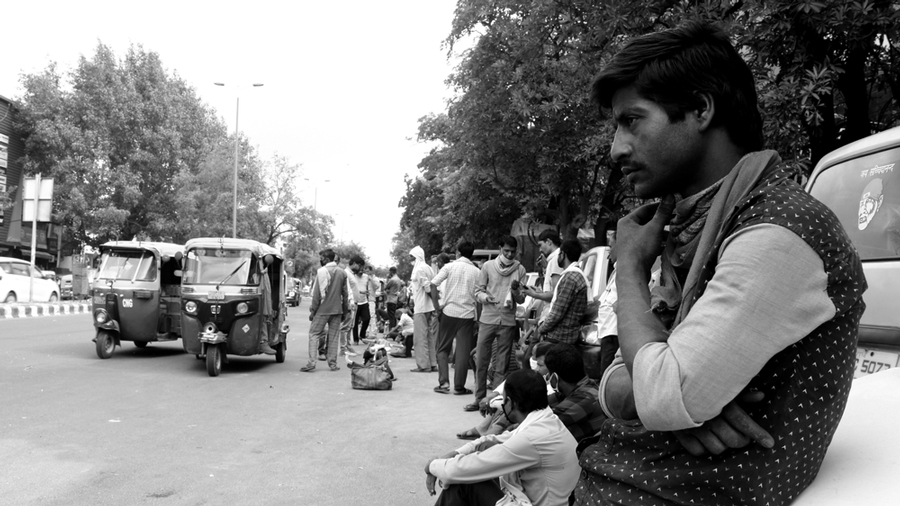Going forward, the lack of consumer demand will continue to be a critical factor in determining the pace of recovery
According to the Reserve Bank of India, credit growth has been only to the extent of about 5 per cent despite a number of schemes announced by the finance ministry and the RBI regarding soft loans available for businesses. : Shutterstock The Editorial Board | TT | Published 02.12.20 : The Indian economy has technically entered a phase of recession, which is defined as two consecutive quarters of decline in real (inflation adjusted) gross domestic product. The first quarter had experienced a decline of 23.9 per cent while the second quarter results show a decline of 7.5 per cent on a year-on-year basis. The second quarter results are much better compared to the first quarter. This was expected since production has restarted in a number of sectors of the economy. The chief economic adviser has described the results as encouraging and there is word that the recovery would be even more discernable in the next two quarters. Agriculture has been doing well with good monsoons and subsidized inputs. The growth of the manufacturing sector in gross value added was 0.6 per cent this quarter compared to a decline of 39 per cent in the previous quarter. The Markit India Purchasing Managers’ Index has increased to 54.1, which indicates an expansion in business orders. However, not all signals are encouraging, and it may be early days to predict a sustained recovery. The core sector comprising eight infrastructure industries has contracted by 2.5 per cent in October compared to a decline of 0.1 per cent in September this year. The fiscal deficit is already at 119.7 per cent of the target by the end of the first half of the current fiscal year. Consumer spending, the most important component of aggregate demand in the economy, has shrunk by 11.5 per cent in the second quarter. According to the Reserve Bank of India, credit growth has been only to the extent of about 5 per cent despite a number of schemes announced by the finance ministry and the RBI regarding soft loans available for businesses. Going forward, the lack of consumer demand will continue to be a critical factor in determining the pace of recovery. The fiscal deficit is stretched and there is not much space for fiscal policy to provide stimulation. With the consumer price index inflation rates hovering around 7 per cent, much above the RBI’s comfort zone of 2 to 6 per cent, the room for monetary policy stimulation is also limited. The main reasons for the slack in consumer demand are the widespread closures and retrenchment of labour along with significant pay cuts for those who have retained their jobs. Hence, the recessionary inertia might continue into the fiscal year, 2021-22. In such a situation, international trade and export demand can provide a fillip for recovery. But the chances are low on that count as the nation appears to be veering towards a more protectionist stance.




0 Response to "Gloom deepens: Indian economy in recession -According to the Reserve Bank of India, credit growth has been only to the extent of about 5 per cent"
Post a Comment
Disclaimer Note:
The views expressed in the articles published here are solely those of the author and do not necessarily reflect the official policy, position, or perspective of Kalimpong News or KalimNews. Kalimpong News and KalimNews disclaim all liability for the published or posted articles, news, and information and assume no responsibility for the accuracy or validity of the content.
Kalimpong News is a non-profit online news platform managed by KalimNews and operated under the Kalimpong Press Club.
Comment Policy:
We encourage respectful and constructive discussions. Please ensure decency while commenting and register with your email ID to participate.
Note: only a member of this blog may post a comment.